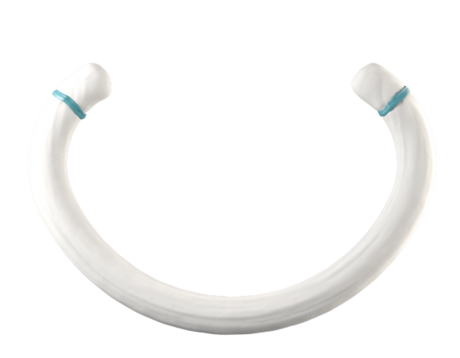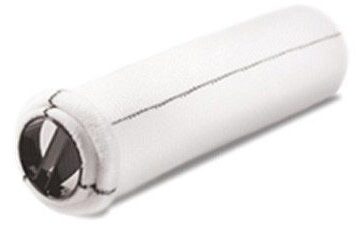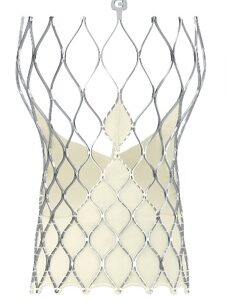Heart valve diseases and their treatments
There are 4 major heart valves - mitral, aortic, tricuspid and pulmonary.
Because of various ailments, these may narrow down (stenosis) or start leaking (regurgitation).
This can commonly lead to symptoms like breathlessness (dyspnea), fast or irregular heart beat (palpitation), dizziness, blackout, swelling of the feet and chest pain.
The exact diagnosis is done by echocardiography where a probe is move on the chest at various places and images of the heart from inside are displayed on a monitor. It is painless, quick and the gold standard in understanding everything about the heart valves.
Echocardiography may be done with a probe on the front of the chest (transthoracic echo - TTE) or with a probe passed from your mouth and into the stomach (transesophageal echo - TEE). Normally, a TTE is sufficient but at times a TEE may be needed.
The abnormal valve may be repaired (preferable, if possible) or replaced.
Repair is done with prosthetic rings, bands or special sutures. TEE guidance is used in the operating room to assess the quality and completeness of the repair. Main advantage is that blood thinners are either not needed or used for only three months after surgery.
Replacement is usually done with mechanical or tissue valves.
Mechanical valves need blood thinners (anticoagulants) to be taken life long after surgery. Usually used in patients less than 55 years of age. It is important to ensure that there are no bleeding tendencies in the patient before a mechanical valve is used. With proper dosing of the anticoagulant (as per a test called INR, done monthly in a good laboratory) and antibiotic use during infections anywhere in the body, an excellent long term result is possible.
Tissue valves need anticoagulation for only three months after surgery, unless there are any complicating issues. But, these typically last for 10 - 15 years maximum in most cases and need to be replaced thereafter. Thus, these are usually used in elderly patients.
Rarely, the patient's own valve may be used (pulmonary into aortic position - Ross procedure) to avoid anticoagulation and have a good long term benefit.
A newly introduced procedure called TAVR is available of recent. Here a valve replacement is done through the groin by using a guidewire with a folded valve which is opened up in the correct position in the heart. Avoids major surgery and currently being used in India, in cases with a high risk for regular open heart surgery. It is a much more expensive option.
Valves, rings and grafts








